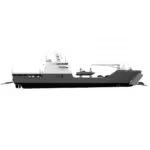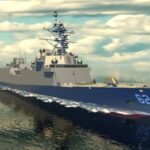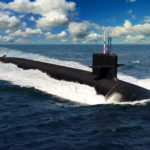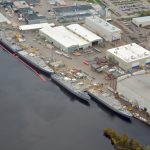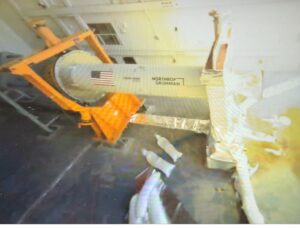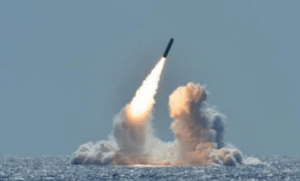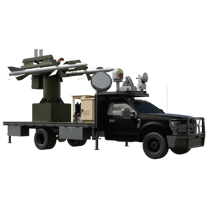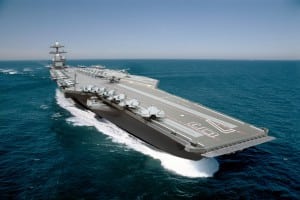
The Pentagon’s planned shock tests of the Navy’s newest aircraft carrier, the USS Gerald R. Ford (CVN-78), could cause its first deployment to be delayed up to two years, a Navy official said on Thursday.As a result, it will take longer for the Navy to build up to its congressionally-mandated requirement of 11 carriers, Rear Adm. Jeffrey A. Harley, the assistant deputy chief of naval operations for operations, plans and strategy (OPNAV N3/5B), told reporters after a House Armed Services…

